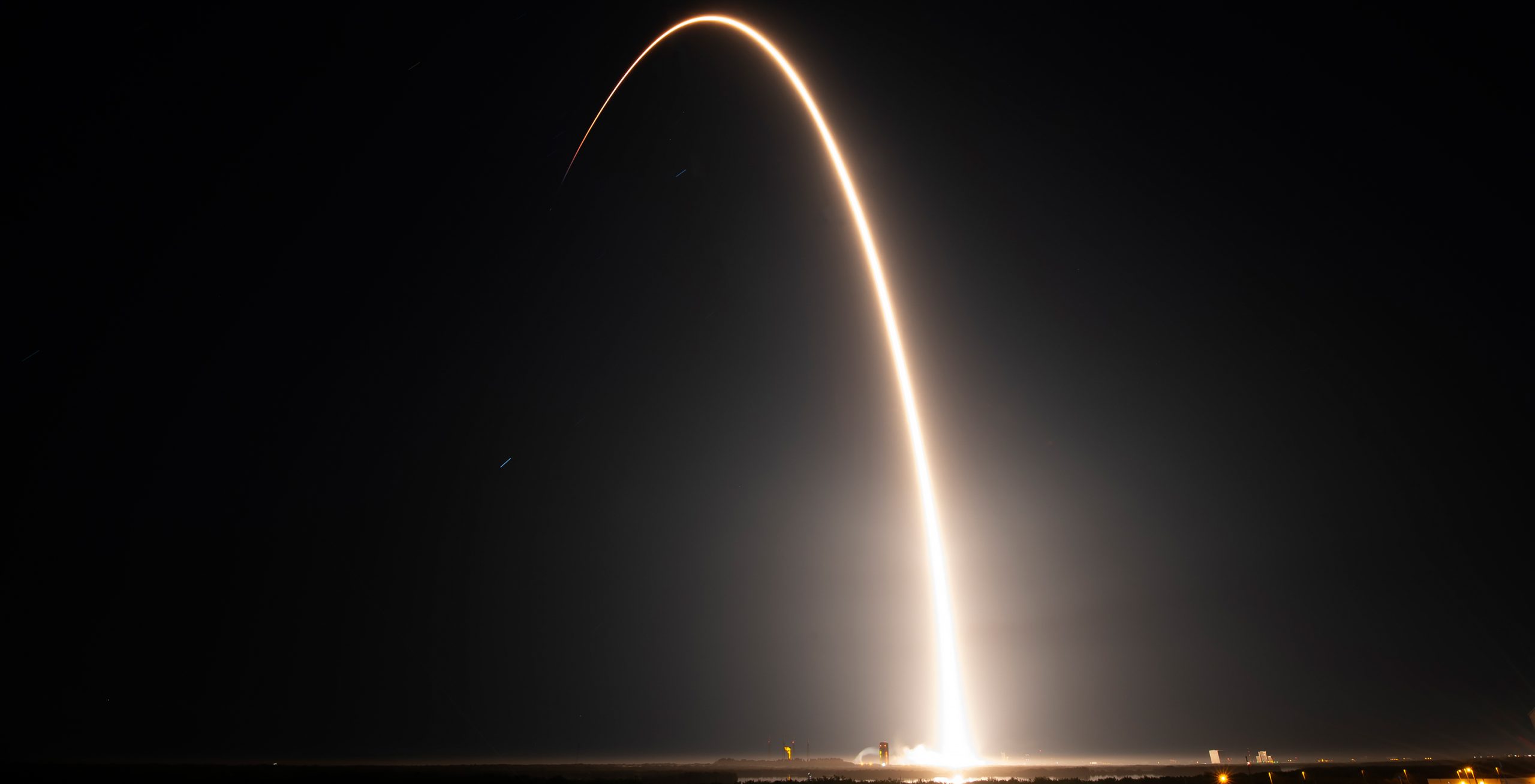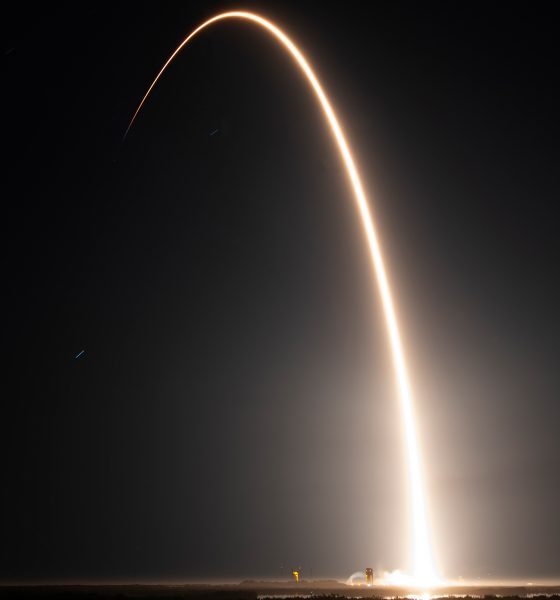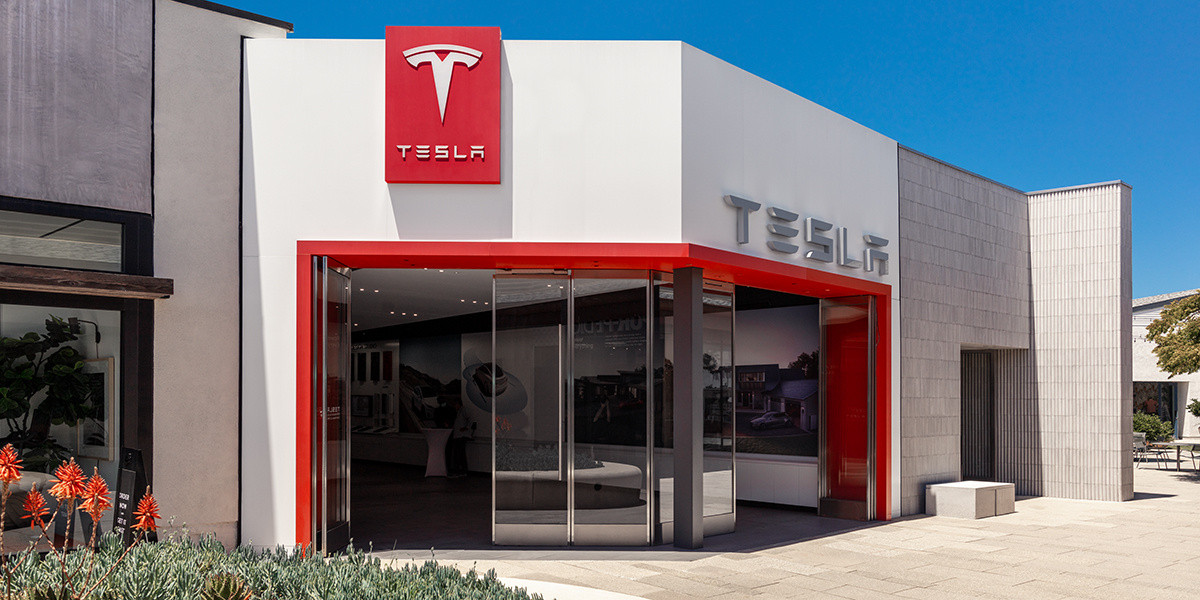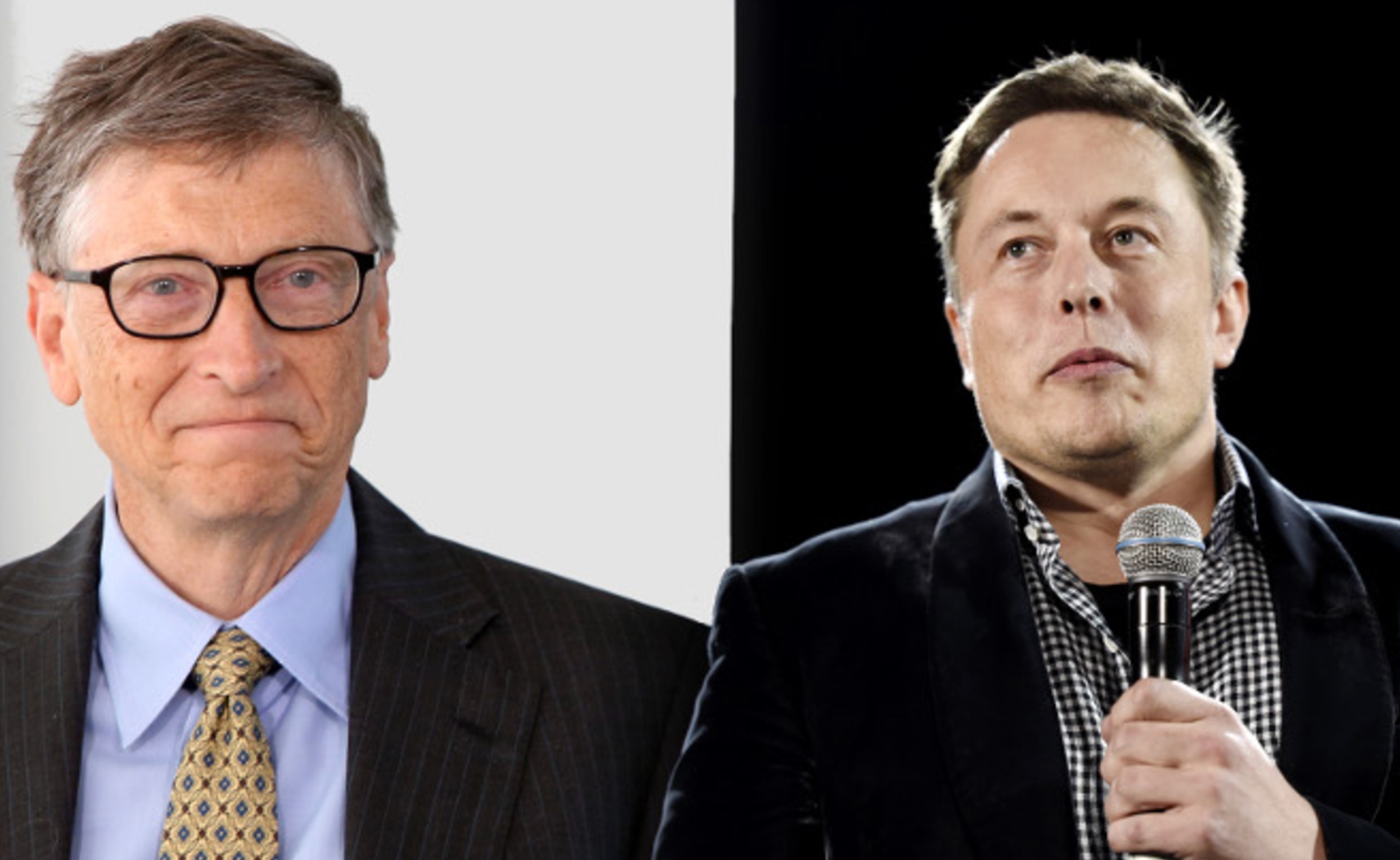

News
SpaceX bookends Starship launch with two Starlink missions
While Starship garnered all the attention this weekend on its 2nd integrated flight test, SpaceX also launched 2 Starlink missions from Florida and California.
Florida was up first. Just hours before the Starship launch, SpaceX launched 23 Starlink satellites to low Earth orbit from Space Launch Complex 40 at Cape Canaveral Space Force Base at 12:05 AM ET (05:05 UTC) on November 18th.
Liftoff! pic.twitter.com/BTiYdsdhnc
— SpaceX (@SpaceX) November 18, 2023
The 23 Starlink satellites were inserted into a 43-degree orbital inclination as part of Group 6-28. The satellites were deployed just over an hour after liftoff.
The Falcon 9 assigned to launch Group 6-28 was Booster 1069. B1069 completed its 11th flight since debuting on the CRS-24 mission in December of 2021, when it suffered a run-in with bad weather, and the engines crunched down onto the octagrabber. The booster was eventually refurbished and is now a veteran of the SpaceX fleet.
Falcon 9’s first stage has landed on the Just Read the Instructions droneship pic.twitter.com/XBHSN5PRH3
— SpaceX (@SpaceX) November 18, 2023
This mission utilized the droneship ‘Just Read the Instructions’ for the booster landing. SpaceX also recovered both fairing halves to be reused on a future mission.
Jumping over to the West Coast, SpaceX launched 22 Starlink satellites from Vandenberg Space Force Base this morning at 2:30 AM PT (10:30 UTC).
The 22 satellites were inserted into a 53-degree orbital inclination as part of Group 7-7. Satellite deployment came just over an hour after launching.
Liftoff! pic.twitter.com/lrSjT597hu
— SpaceX (@SpaceX) November 20, 2023
As for the booster for this mission, Booster 1063 completed its 15th flight, making it five boosters with at least 15 flights. After separating from the 2nd stage, B1063 made a successful landing on the droneship ‘Of Course I Still Love You’ off the coast of the Baja Peninsula.
With these two launches, SpaceX has now launched over 5,445 Starlink satellites to orbit, with 4,500 now being in their operational orbits according to Jonathan McDowell’s Starlink tracker. These 45 new Starlinks will begin their checkouts and orbit raising over the next couple of months as the constellation keeps growing.
Falcon 9’s first stage has landed on the Of Course I Still Love You droneship pic.twitter.com/3LJcygbMpR
— SpaceX (@SpaceX) November 20, 2023
While it took 2 Falcon 9 launches to launch 45, once Starship comes online, it could launch double that in one mission depending on which variant of Starlink satellite is used.
Next up for SpaceX, another Starlink mission from SLC 40 in Florida, currently scheduled for no earlier than Tuesday, November 21st at 11 PM ET (04:00 UTC on the 22nd).
Questions or comments? Shoot me an email at rangle@teslarati.com, or Tweet me @RDAnglePhoto.

News
Tesla dispels reports of ‘sales suspension’ in California
“This was a “consumer protection” order about the use of the term “Autopilot” in a case where not one single customer came forward to say there’s a problem.
Sales in California will continue uninterrupted.”

Tesla has dispelled reports that it is facing a thirty-day sales suspension in California after the state’s Department of Motor Vehicles (DMV) issued a penalty to the company after a judge ruled it “misled consumers about its driver-assistance technology.”
On Tuesday, Bloomberg reported that the California DMV was planning to adopt the penalty but decided to put it on ice for ninety days, giving Tesla an opportunity to “come into compliance.”
Tesla enters interesting situation with Full Self-Driving in California
Tesla responded to the report on Tuesday evening, after it came out, stating that this was a “consumer protection” order that was brought up over its use of the term “Autopilot.”
The company said “not one single customer came forward to say there’s a problem,” yet a judge and the DMV determined it was, so they want to apply the penalty if Tesla doesn’t oblige.
However, Tesla said that its sales operations in California “will continue uninterrupted.”
It confirmed this in an X post on Tuesday night:
This was a “consumer protection” order about the use of the term “Autopilot” in a case where not one single customer came forward to say there’s a problem.
Sales in California will continue uninterrupted.
— Tesla North America (@tesla_na) December 17, 2025
The report and the decision by the DMV and Judge involved sparked outrage from the Tesla community, who stated that it should do its best to get out of California.
One X post said California “didn’t deserve” what Tesla had done for it in terms of employment, engineering, and innovation.
Tesla has used Autopilot and Full Self-Driving for years, but it did add the term “(Supervised)” to the end of the FSD suite earlier this year, potentially aiming to protect itself from instances like this one.
This is the first primary dispute over the terminology of Full Self-Driving, but it has undergone some scrutiny at the federal level, as some government officials have claimed the suite has “deceptive” naming. Previous Transportation Secretary Pete Buttigieg was vocally critical of the use of the name “Full Self-Driving,” as well as “Autopilot.”
News
New EV tax credit rule could impact many EV buyers
We confirmed with a Tesla Sales Advisor that any current orders that have the $7,500 tax credit applied to them must be completed by December 31, meaning delivery must take place by that date. However, it is unclear at this point whether someone could still claim the credit when filing their tax returns for 2025 as long as the order reflects an order date before September 30.

Tesla owners could be impacted by a new EV tax credit rule, which seems to be a new hoop to jump through for those who benefited from the “extension,” which allowed orderers to take delivery after the loss of the $7,500 discount.
After the Trump Administration initiated the phase-out of the $7,500 EV tax credit, many were happy to see the rules had been changed slightly, as deliveries could occur after the September 30 cutoff as long as orders were placed before the end of that month.
However, there appears to be a new threshold that EV buyers will have to go through, and it will impact their ability to get the credit, at least at the Point of Sale, for now.
Delivery must be completed by the end of the year, and buyers must take possession of the car by December 31, 2025, or they will lose the tax credit. The U.S. government will be closing the tax credit portal, which allows people to claim the credit at the Point of Sale.
🚨UPDATE: $7,500 Tax Credit Portal “Closes By End of Year”.
This is bad news for pending Tesla buyers (MYP) looking to lock in the $7,500 Tax Credit.
“it looks like the portal closes by end of the year so there be no way for us to guarantee the funds however, we will try our… pic.twitter.com/LnWiaXL30k
— DennisCW | wen my L (@DennisCW_) December 15, 2025
We confirmed with a Tesla Sales Advisor that any current orders that have the $7,500 tax credit applied to them must be completed by December 31, meaning delivery must take place by that date.
However, it is unclear at this point whether someone could still claim the credit when filing their tax returns for 2025 as long as the order reflects an order date before September 30.
If not, the order can still go through, but the buyer will not be able to claim the tax credit, meaning they will pay full price for the vehicle.
This puts some buyers in a strange limbo, especially if they placed an order for the Model Y Performance. Some deliveries have already taken place, and some are scheduled before the end of the month, but many others are not expecting deliveries until January.
Elon Musk
Elon Musk takes latest barb at Bill Gates over Tesla short position
Bill Gates placed a massive short bet against Tesla of ~1% of our total shares, which might have cost him over $10B by now

Elon Musk took his latest barb at former Microsoft CEO Bill Gates over his short position against the company, which the two have had some tensions over for a number of years.
Gates admitted to Musk several years ago through a text message that he still held a short position against his sustainable car and energy company. Ironically, Gates had contacted Musk to explore philanthropic opportunities.
Elon Musk explains Bill Gates beef: He ‘placed a massive bet on Tesla dying’
Musk said he could not take the request seriously, especially as Gates was hoping to make money on the downfall of the one company taking EVs seriously.
The Tesla frontman has continued to take shots at Gates over the years from time to time, but the latest comment came as Musk’s net worth swelled to over $600 billion. He became the first person ever to reach that threshold earlier this week, when Tesla shares increased due to Robotaxi testing without any occupants.
Musk refreshed everyone’s memory with the recent post, stating that if Gates still has his short position against Tesla, he would have lost over $10 billion by now:
Bill Gates placed a massive short bet against Tesla of ~1% of our total shares, which might have cost him over $10B by now
— Elon Musk (@elonmusk) December 17, 2025
Just a month ago, in mid-November, Musk issued his final warning to Gates over the short position, speculating whether the former Microsoft frontman had still held the bet against Tesla.
“If Gates hasn’t fully closed out the crazy short position he has held against Tesla for ~8 years, he had better do so soon,” Musk said. This came in response to The Gates Foundation dumping 65 percent of its Microsoft position.
Tesla CEO Elon Musk sends final warning to Bill Gates over short position
Musk’s involvement in the U.S. government also drew criticism from Gates, as he said that the reductions proposed by DOGE against U.S.A.I.D. were “stunning” and could cause “millions of additional deaths of kids.”
“Gates is a huge liar,” Musk responded.
It is not known whether Gates still holds his Tesla short position.








